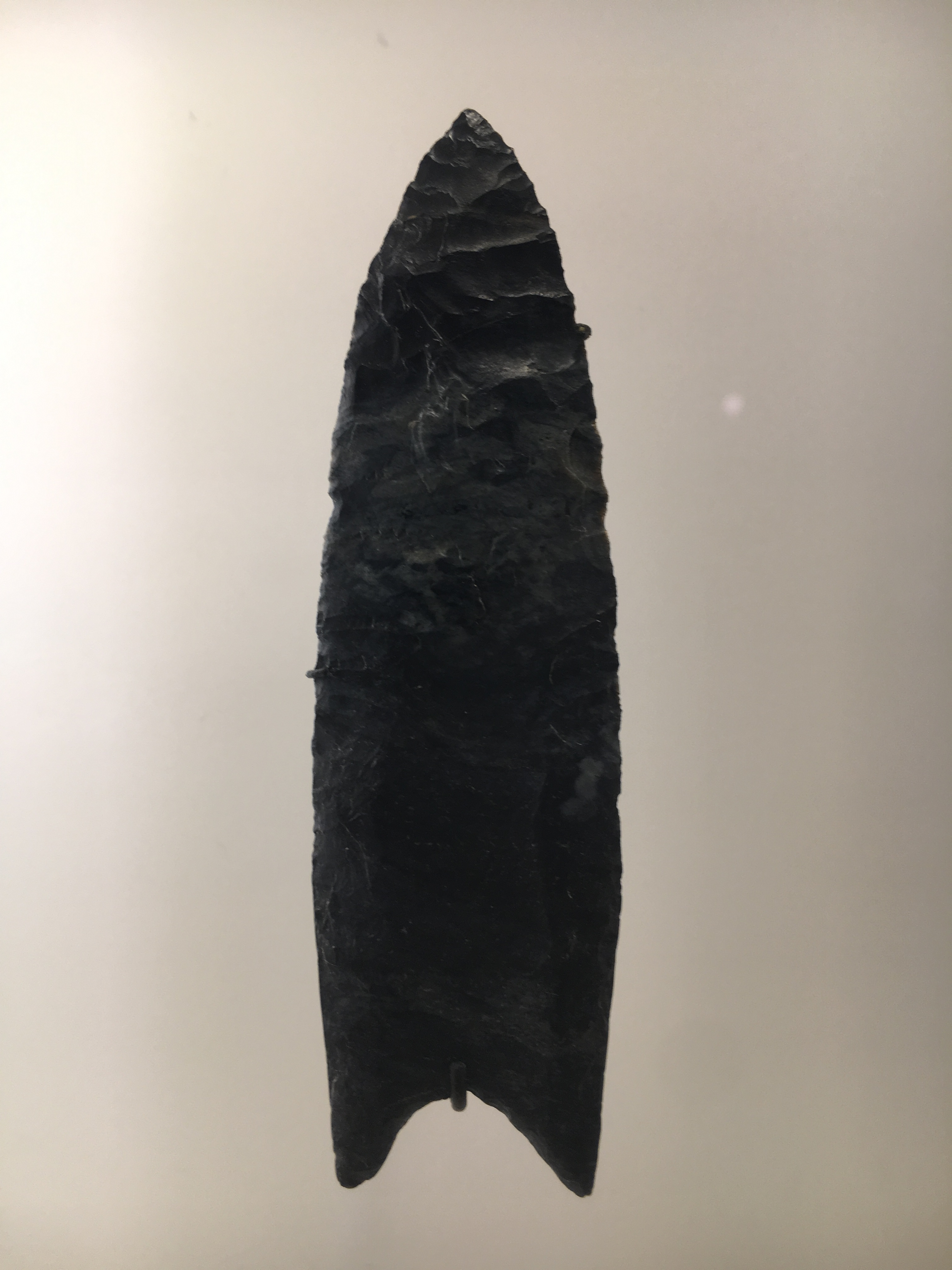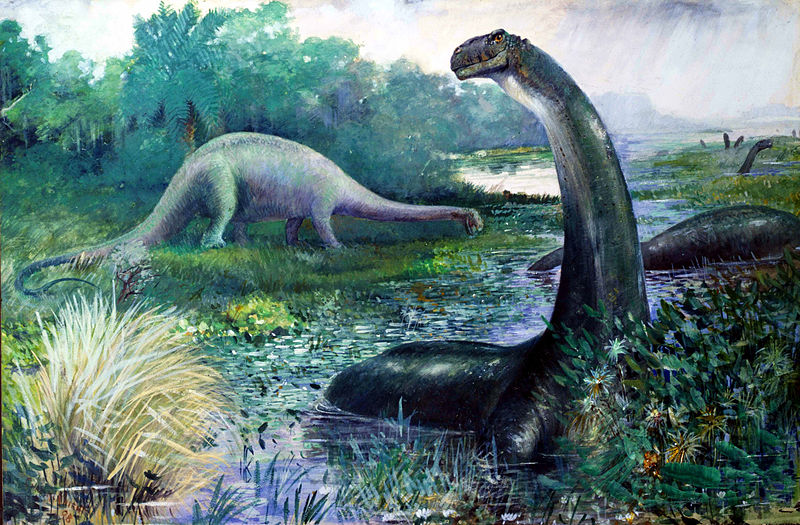Recently I did a Facebook Live (which you can see here) about whether it’s possible to extract dino DNA from a mosquito and use it to clone dinosaurs like they did in Jurassic Park. During the discussion (the short answer is no, by the way) I touched on another possible way to create dinosaurs that scientist are working on right now, and which is proving to be totally, rather disturbingly, do-able.
The subject in question is Atavism Activation, basically tampering with the DNA of birds (aka real living dinosaurs that just are not as cool as their ancient ancestors) to reawaken dormant ancestral traits (called Atavisms). So far, scientists have created chicken embryos with dinosaurs faces, dinosaurs legs and even tails. The next step is to give a chicken embryo a dinosaur hand. Ultimately we may be able to see dinosaur looking creatures walking the Earth again
.

Will we be able to one day create a genetically modified chicken that looks something like this? Source: BBC Earth
So how exactly is all of this possible? Atavisms are dormant traits in an animal’s genetic code that have been switched off at some point during the process of natural selection. The codes for these traits are still present in the DNA, but they are canceled out by another code that’s been added to the mix later. For example, at an early stage when chickens are developing in the egg, they have dinosaur-like legs, fingers and a tale, but in later stages several genes are activated causing the embryo to resorb its tail, fuse its fingers together and stop the fibulas in its legs from growing so that they ultimately separate from the ankles and become useless vestigial structures. Many ancestral dinosaur traits are present in birds in the embryonic stage, but they get undone later on.
Now, however, scientists have figured out how to turn off the genes that undo these traits and allow the embryos to retain their primal skeletal characteristics. Another group of scientists has gone a step further and created a chicken with a dinosaur face. The team was trying to better understand the role that the development of beaks has played in bird evolution. To do this they analyzed the genetic code of many mammals, reptiles and birds and ultimately found a cluster of genes related to facial development that is present in birds, but not other animals. They used an inhibitor to suppress the activity of these genes in embryonic chickens and as a result the birds, rather than developing beaks, developed snouts much like their distant dinosaur ancestors.
It should be mentioned that the studies cited are not just mad scientist attempts to create a dino-chicken, but rather they are aimed at better understanding the evolution of birds. The best way to know how and why they evolved over time is to go directly to the blueprint. The development of the beak is a particularly interesting subject because it was a drastic physical change that had a huge impact on the ability of birds to become so diverse and successful today. So all this genetic engineering is really just a result of scientists trying to better understand the natural evolution of animals. None of the embryos used in these experiments have been hatched because that was never the goal.
However, there are some scientists who believe that now that we have the knowledge we might as well use it. Jack Horner, famous paleontologist and consultant for the Jurassic Park films, formerly of Montana State University, is currently exploring how to create a chickenosaurus. You can watch him discuss his project in this TED Talk:
The creatures that would result from the kind of genetic manipulating that Horner is talking about would still be chickens, they would just look more dinosaur-esque. So even if scientists figure out the how to make chicken embryos rentain more complicated structures like hands, and even if they can get them to grow teeth, don’t expect a T rex or Brachiosaurus to be the result. But what ever the result will be, it will definitely be cooler than a chicken.








